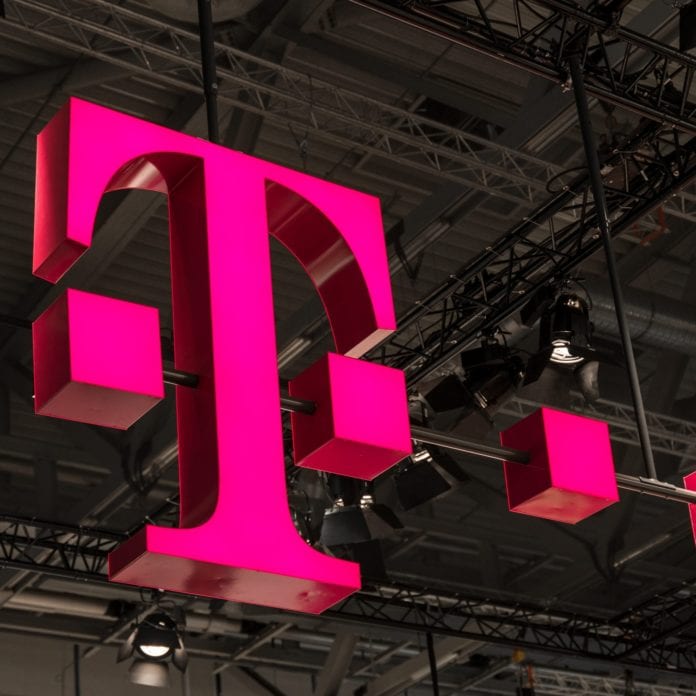German carrier Deutsche Telekom has launched commercial 5G services in the city of Hamburg, according to local press reports.
The service is currently being offered through 18 5G antennas in the city. Deutsche Telekom expects to deploy another 40 5G sites in Hamburg in the coming weeks.
Locations covered so far with 5G are the trade fair premises, railway station and tourist hotspots.
In 2020, the telco expects to expand 5G coverage in the city center, Rotherbaum, Altona and Ottensen districts.
Deutsche Telekom expects to end this year with a total of 450 5G base stations across the country, according to recent press reports.
By the end of next year, the number of 5G sites is expected to climb to nearly 1,500.
During next year, Deutsche Telekom aims to provide the technology in the country’s 16 state capital cities.
Deutsche Telekom kicked off the rollout of its 5G network in a limited number of cities across Germany at the beginning of July. Currently, Telekom’s 5G network is available in Berlin, Bonn, Darmstadt, Munich, Cologne and Hamburg. The operator expects to launch 5G in Frankfurt and Leipzig in the short term.
The operator is also planning to deploy up to 10,000 new LTE sites throughout Germany within the next four years, half of which are to be deployed in rural areas. Deutsche Telekom also said that it aims to extend LTE coverage to 98% of the population by the end of the year.
The carrier said that nearly 75% of the roughly 30,000 Telekom mobile sites are technologically ready for 5G.
In June, the German government announced the completion of the auction for 2 GHz and 3.6 GHz mobile spectrum, in which Deutsche Telekom committed to pay EUR 2.2 billion for 130 megahertz of spectrum in both 5G bands.
Germany’s Federal Ministry for Economic Affairs and Energy recently opened a process through which prívate companies will be able to apply for private 5G licenses, in a move to boost 5G technology in the domestic industry.
The ministry announced enterprises could apply for private 5G licences from November 21. Frequencies are available in the 3.7GHz to 3.8GHz range and cover limited areas.
The ministry also highlighted that industrial users can use the potential and technical advantages of 5G without having to resort to public mobile networks.
According to previous reports, German car makers are looking to deploy their own 5G networks in order to start manufacturing self-driving cars by 2021.
Under such a scenario, car makers would not have to rely on German carriers’ future 5G network infrastructure.

